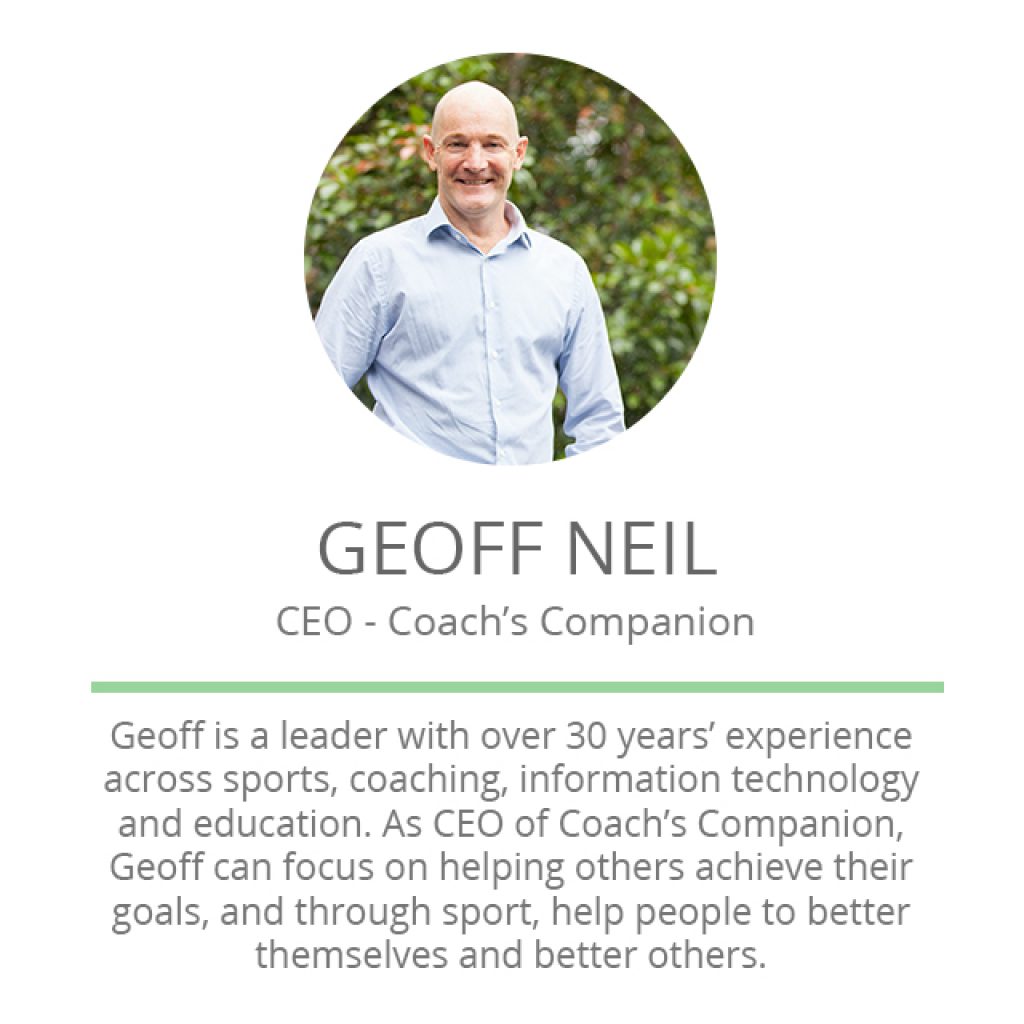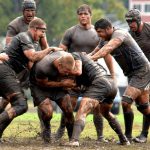Same-same but different.
Are you an athlete? Are you a leader? What is your learning style?
These are not easy questions – for anyone.
We are all trying to find our way in the world and make sense of what is around us. We make use of groups and classifications to try and make meaning of things. This can be powerful in helping us understand other people and can help to create empathy and respect. It can help frame how we can think about ourselves and it can help set guidelines for how we think of others.
But it can also be dangerous and discriminatory. It depends on what our models of classification are and how we use them. We need to reserve the right to look outside classifications and groups and treat everyone as unique individuals.
Are you one of a special breed of people called ‘athletes’? Are you ‘elite’? Are you a ‘leader’?
Here is an opportunity to broaden our way of thinking. As powerful as various classifications can be, they can also be very limiting, if not treated with discretion. A categorisation like ‘leader’ is not an objective, physiological fact. It is a single word, and people’s definitions of words change, based on circumstance and perspective.
An 8 year old student becomes a leader when they are asked to stand at the front of the line to march from the classroom to the library. A 19 year old former school and sports captain, with all the physical attributes needed to excel in their game, and a bevy of leadership traits and experiences, may not be seen as a leader when they first hit the professional grade of an elite competition.
There is no one definition. Traditionally we think of inspiring words and prominence, but that is only one manifestation of leadership. Some people may lead in the social perspective of a team, keeping harmony and improving cohesiveness with gentle conversation. Others lead by actions.
Look at these famous quotes on leadership, and you will see how there can be a subtle and not so subtle differences in interpretation of the same word. Think about what each one means, before going to the next, and you soon see the breadth of thought.
“If your actions inspire others to dream more, learn more, do more and become more, you are a leader.” John Quincy Adams
“The pessimist complains about the wind. The optimist expects it to change. The leader adjusts the sails.” John Maxwell
“Innovation distinguishes between a leader and a follower.” Steve Jobs
“A leader is best when people barely knows they exist, when their work is done, their aim fulfilled, people will say: we did it ourselves.” Lao Tzu
“I alone cannot change the world, but I can cast a stone across the water to create many ripples.” Mother Teresa.
“A genuine leader is not a searcher for consensus but a molder of consensus.” Martin Luther King Jr.
Regardless of the particular definition of leadership we relate to best, and regardless of how we define ourselves, what we can all do, is improve ourselves and help others – as athletes, as leaders … as people.
I would like a world where we limit applying classifications to individual people too often. Sure, let’s classify across a large population, so we can take effective measures to improve that population. But if we want to improve a person – if we want to improve ourselves – we need to look at the unique and individual traits of each one of us. We need to work with that person, and not classify that person from a distance without understanding them as unique individuals. We need to get to know them as individuals before we have the capacity to enact positive change. We can lead by improving others and we can lead by improving ourselves.
What about categorising in other areas? Let’s take some common learning classifications. Walter Burke Barbe and colleagues proposed the VAK model which is commonly discussed and used in education. This model classified learners as Visual, Auditory or Kinesthetic (i.e. ‘doing’ or tactile learning). They argued that learning strengths can occur independently or in combination.
Neil Fleming expanded this model to include ‘Social learning’ with also references to reading/writing styles for learning, by repetition. Repetition could be by combinations of reading, writing, or maybe by saying it over and over in your head (as those born in the 60s-80s may remember with our times tables).
When I was working in formal education years ago, VAR learning styles was a basis of discussion to encourage educators to ensure they provided multiple modes and styles of learning – the premise being that you need to present across all these styles to ensure that you give each student an opportunity to learn. If you missed a style, then a cohort of students may miss the boat as they were unlikely to learn well using the other styles.
I can’t argue against any approach to model different communication styles and present diverse learning modes and experiences in teaching and coaching. This is vital. I would add, however, that presenting learning in different learning styles should be considered important for each and every individual, rather than to satisfy specific members within a group. We all have the capability to learn across all different styles – in an unlimited number of unique ways that we are only just beginning to understand (not to mention ways we have yet not even considered).
Indeed, subsequent studies suggested that certain learning strengths might not necessarily be related to styles, but more so to abilities, which manifest themselves more strongly in one area or another. A strength is “not an instance of learning styles, rather, it is an instance of ability appearing as a style”. This suggests that people, regardless of their current learning strengths, can develop in the other areas, should they be given the right opportunities and stimulus.
So whilst these models are powerful tools, should these styles and strengths be considered as delineated, unique capabilities. The research suggests not.
We can look more deeply at the anatomy and biology behind some of the learning styles – specifically in the auditory and visual cortex.
Studies suggests that visual and auditory systems are linked and that “visual and auditory speech features are coded together” in neurons.
Further studies have proven that some neurons respond to stimulation of multiple modalities – that is both auditory and visual neurons can each respond to both auditory and visual stimulus. Recent anatomical and electrophysiological evidence (in primates) indicates the presence of direct connections between primary auditory and primary visual cortex that constitute cross-modal systems. These studies provide support for the premise that there is a neural system in play that transposes both auditory and visual cortices.
Whilst there may be a preferential engagement of specific neural regions for specific stimuli, based on previous experiences, there is evidence that there is a ‘more flexible role’ in the recruitment of specific prefrontal regions.
In fact, regions of the visual cortex can be activated during auditory tasks in sighted as well as in blind subjects. This means that “people blind from birth use visual brain area to improve other senses” – they can develop improved hearing and sensory touch by using the visual cortex.
Another area of interest is the intersection of movement and cognition. Physical activity can actually make you think better. It is an area that fascinates us as we try to understand learning and personal growth in the context of sport and exercise.
What has all this got to do with athletes and leaders? The point is, we are only just understanding that from an anatomical and physiological perspective that the auditory, visual and kinaesthetic systems are more tightly entwined and more readily adaptable than we had believed. We know that people with no vision use the visual cortex. We know that people with severed spinal cord may be able to walk again under the right circumstances. We know that different people respond to different stimulus in different ways, based on their experiences and knowledge. We know we have so much untapped potential as a people.
So next time you think about someone’s capabilities, let’s not be too quick to classify them as being gifted in one area, lacking in another. Let’s not think of the athletes and also rans, the leaders and the followers. We all have the opportunity to improve ourselves, in any manner of ways, and at many levels.
We must also understand that all leaders, all athletes … all people, have weaknesses and frailties. Elite athletes and leaders may be elite in one domain or another, but they may have some of the same challenges that we have in other areas. Any two high performance athletes will celebrate success and deal with disappointment in slightly different ways. In fact, they may define success in different ways, so the same results won’t necessarily lead to the same outcomes.
Some of our greatest role models in sports had acrimonious beginnings. Many were unheralded at one stage in their career. They have all faced challenges. They all hold reservations, regrets and fears. We all do, and we all will – always. What we can do best to understand these and work objectively to equip ourselves to meet these head on. As a coach we must seek to understand ourselves and understand the athletes under our care, and provide them with opportunities to further develop their strengths, and improve or manage their shortcomings.
Understanding yourself and understanding each other is the first step. Determine what we want to achieve. Find out what is important to you and important to others that you aim to help.
Reflect and appraise yourself to find out where you are and where you want to be. Use your network of peers, mentors, and those you mentor, to explore and improve your blind spots and celebrate your hidden strengths.
Work out what you and your team need to learn; what you are passionate about; and map out a plan to achieve your goals. Engage in as many experiences as you can in various ways to contribute to your learning.
Understand that we can learn in many different ways – but understand that the most important step to take is that first step. As they say, you win or you learn. Let’s work out what we want to win and what we want to learn.
We all need help and we all have help to give. Together we can improve ourselves and together we can improve each other.
Do you have something to give? Are you an expert in this area or in an area of importance to sports, coaching and personal devevelopment? Join us on Coach’s Companion, celebrate the uniqueness and capability of humanity, and contribute to make the world a better place through sport. Contact us to contribute.







